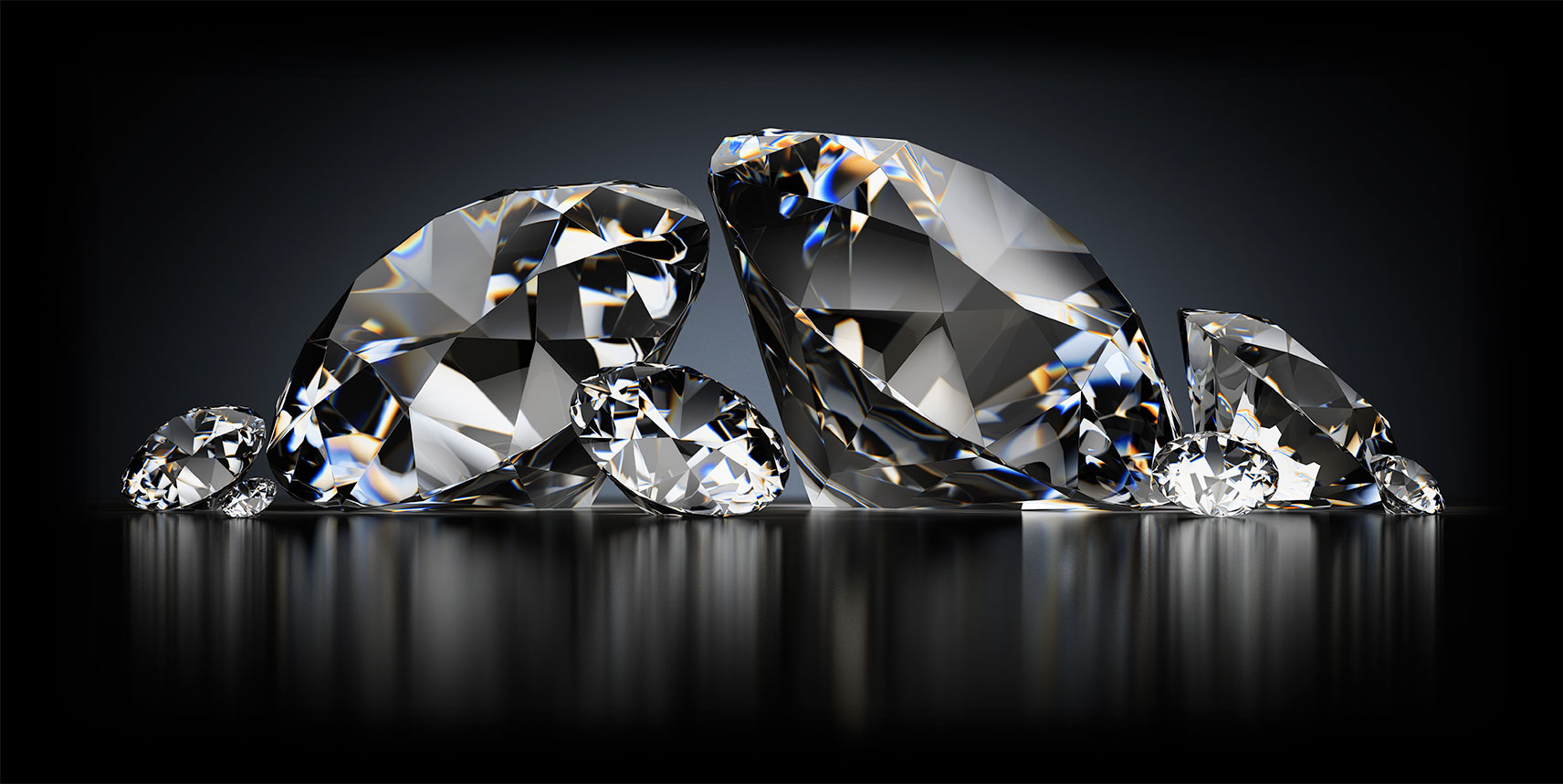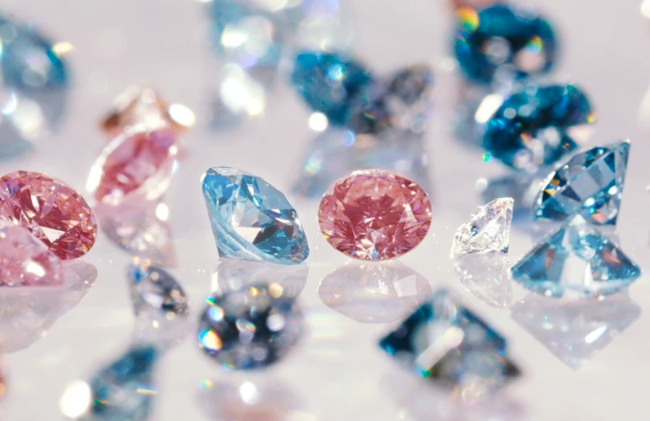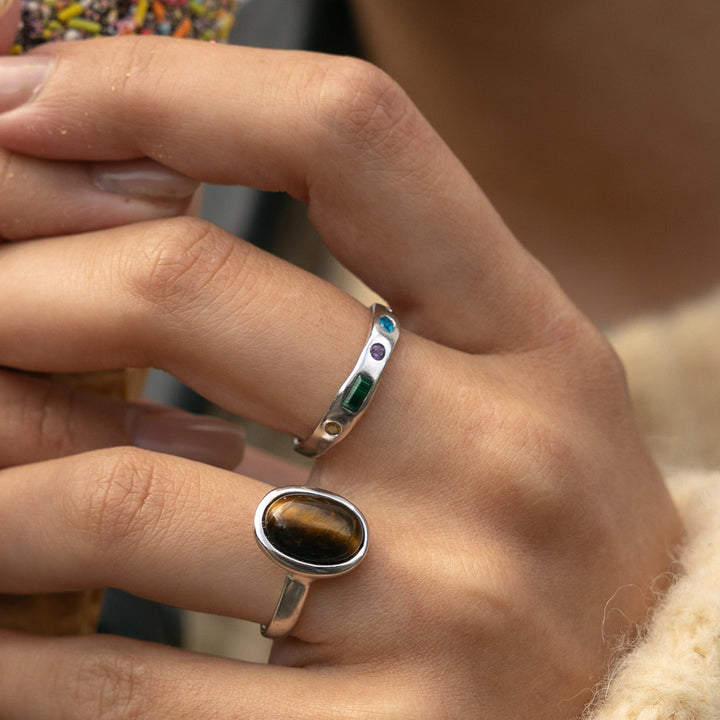
When it comes to purchasing diamonds, many consumers face a critical decision: should they opt for mined or lab grown diamonds? The diamond industry has long been dominated by natural diamonds, which are extracted from the Earth through extensive mining processes. However, with the rise of technology, lab grown diamonds have become a compelling alternative. These diamonds, created in controlled laboratory environments, possess the same physical and chemical properties as their mined counterparts but come with distinct advantages and considerations. In this article, we will explore the key differences between mined and lab grown diamonds to help you make an informed decision when buying a diamond.
What Are Mined Diamonds?
Mined diamonds, often referred to as natural diamonds, are formed deep within the Earth’s crust over millions of years. They are created under intense heat and pressure, resulting in a unique and beautiful gemstone. Mined diamonds are typically extracted through two primary methods: open-pit mining and underground mining. These methods involve large-scale excavation, which can have significant environmental and social implications.
While mined diamonds are rare and highly valued for their natural origin, the extraction process can be controversial. The environmental impact of diamond mining includes deforestation, soil erosion, and habitat destruction. Additionally, there are concerns about human rights abuses and unethical labor practices in certain regions, which have led to the rise of conflict diamonds, also known as blood diamonds.
What Are Lab Grown Diamonds?
Lab grown diamonds, also known as synthetic diamonds or man-made diamonds, are created using advanced technology that replicates the natural conditions under which diamonds form. The two main methods used to produce lab grown diamonds are High Pressure High Temperature (HPHT) and Chemical Vapor Deposition (CVD). Both techniques involve recreating the heat and pressure found in the Earth’s crust, but they do so in a controlled environment, often within weeks or months.
The key difference between lab grown diamonds and mined diamonds is their origin. While mined diamonds are sourced from the Earth, lab grown diamonds are produced in a laboratory setting. Despite this difference, lab grown diamonds are virtually identical to natural diamonds in terms of appearance, hardness, and chemical composition. The major appeal of lab grown diamonds lies in their ethical and sustainable production process, which does not involve the environmental and social issues associated with mining.
Ethical Considerations: Mined vs. Lab Grown Diamonds
When comparing mined or lab grown diamonds, one of the most significant factors to consider is ethics. Mined diamonds, particularly those from conflict zones, can be linked to severe human rights violations, including child labor and forced labor. These diamonds, known as blood diamonds, have historically been used to fund armed conflicts, exacerbating violence and instability in affected regions.
In contrast, lab grown diamonds are free from these ethical concerns. Since they are produced in controlled environments, there is no risk of human rights abuses or exploitation. Lab grown diamonds are a more ethical choice for consumers who are concerned about the negative impact that diamond mining can have on communities and the environment. As awareness of these issues increases, many consumers are choosing lab grown diamonds as a way to make a positive impact with their purchasing decisions.
Environmental Impact: Mined vs. Lab Grown Diamonds
Another important factor in the mined vs. lab grown diamonds debate is the environmental impact. Mined diamonds require large-scale excavation of the Earth, leading to habitat destruction, soil erosion, and the depletion of natural resources. Diamond mining also uses vast amounts of water and energy, contributing to environmental degradation.
On the other hand, lab grown diamonds have a significantly smaller environmental footprint. The production of lab grown diamonds does not involve harmful mining practices or large-scale land disturbance. While the creation of lab grown diamonds does require energy, advancements in technology have made the process more energy-efficient, and many lab grown diamond manufacturers are now using renewable energy sources to power their operations.
As consumers become more environmentally conscious, lab grown diamonds are becoming an increasingly popular choice due to their sustainability. Choosing lab grown diamonds is a way for consumers to support an industry that prioritizes ethical and environmentally responsible practices.
Price Difference: Mined vs. Lab Grown Diamonds
When comparing mined or lab grown diamonds, price is another critical consideration. Mined diamonds are typically more expensive due to the high costs associated with their extraction. The mining process is labor-intensive and requires significant resources, which are reflected in the price of the diamond. Additionally, the rarity of natural diamonds further contributes to their high cost.
Lab grown diamonds, on the other hand, are generally more affordable than mined man made diamonds. The production process for lab grown diamonds is less expensive and more efficient, which allows for lower prices. Consumers can purchase larger, higher-quality diamonds at a fraction of the cost of a mined diamond. This price difference makes lab grown diamonds an attractive option for those looking to get more value for their money.
Despite the cost difference, both mined and lab grown diamonds hold significant value, as both are considered real diamonds. The choice between the two often comes down to personal preferences and values, such as ethical concerns, sustainability, and budget.
Quality and Appearance: Mined vs. Lab Grown Diamonds
In terms of quality and appearance, mined and lab grown diamonds are virtually indistinguishable. Both types of diamonds are graded using the 4Cs: cut, color, clarity, and carat weight. Lab grown diamonds can achieve the same high-quality standards as mined diamonds, and they are available in a wide range of shapes, sizes, and colors.
The key difference lies in their origin. While mined diamonds are naturally formed over millions of years, lab grown diamonds are created in weeks or months using advanced technology. Despite this difference in formation, lab grown diamonds are just as durable and beautiful as their mined counterparts. For many consumers, the decision comes down to ethical considerations, environmental concerns, and personal preference rather than quality.
The Future of Mined vs. Lab Grown Diamonds
As the demand for ethical and sustainable products continues to rise, lab grown diamonds are expected to play a larger role in the diamond market. With their lower environmental impact, ethical sourcing, and affordability, lab grown diamonds are becoming a popular choice for modern consumers. However, mined diamonds will likely remain a staple in the industry due to their long history, rarity, and appeal.
The future of diamonds will likely see a combination of both mined and lab grown diamonds coexisting in the market, with consumers making their choice based on personal preferences and values. As technology continues to improve, lab grown diamonds may become even more accessible, leading to a shift in the diamond industry’s dynamics.
Conclusion
The choice between mined or lab grown diamonds ultimately depends on a variety of factors, including ethics, environmental concerns, price, and quality. Lab grown diamonds offer an ethical, sustainable, and affordable alternative to mined diamonds, making them an attractive option for consumers who are conscious of their purchasing decisions. However, mined diamonds will continue to hold their appeal due to their rarity and natural origin. As the diamond industry evolves, both types of diamonds will play a role in shaping the future of jewelry.








